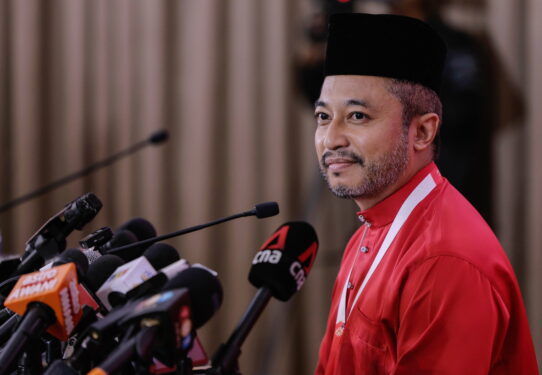THE movement control order (MCO) caused by COVID-19 made a significant impact on the energy industry as electricity consumption was disrupted.
During the early days of the MCO, only essential industries were allowed to operate, and some was even operating at a significantly reduced capacity.
This trend resulted in a drastic decline for energy demand, especially when it comes to commercial and industrial usage since workers began adopting the work-from-home concept.
Although this led to a surge in household consumption, it was still not enough to make up to the losses as the economy was only operating at 45% of its capacity during the seven-week MCO period.
According to Tenaga Nasional Bhd (TNB), electricity usage in the commercial and industrial sectors dropped between 25% and 50%, while the residential sector’s usage surged between 20% and 50%.
In a filing with Bursa Malaysia, TNB said that the increase in demand from the residential segment was unable to fill the decline in commercial and industrial usage as those segments combined contributed close to 80% of the sales in Peninsular Malaysia.
Due to this, the electricity utility company expected the consumption rate to drop between 6% and 10% year-on-year in 2020.
A report by Columbia University scientists stated that it is unlikely for the demand for electricity to return to normal levels even after the COVID-19 vaccines have been developed.
“The ongoing COVID-19 pandemic has caused unprecedented changes in the way people interact and approach economic activities. Electricity demand has declined and usage patterns have been altered, changes that could remain even after the pandemic ends,” the report said.
With that in mind, the countries all over the world are now slowly but surely shifting their focus on greener alternatives and looking into renewable energy (RE).
For example, the Malaysian Government already introduced several initiatives toward this goal such as the enhanced net energy metering programme (NEM) and solar leasing, all to boost the uptake of renewable energy.
Even banks are chipping in by offering solar power financial packages with lower interest, with an aim to help the country achieve the 20% RE efficiency target by 2025 and further increase awareness on green energy.
According to the Institute for Democracy and Economic Affairs, RE capacity is expected to reach 12 to 13 gigawatt grid installed capacity by 2030.
“It’s a long process, and it could take more thana 10 years to see real change. But when it does happen, alternative energy such as solar, natural gas and battery storage technology will become the majority, way beyond oil and gas,” said Plus Solar Systems Sdn Bhd co-founder and CEO Ko Chuan Zhen. – Dec 16, 2020










